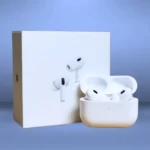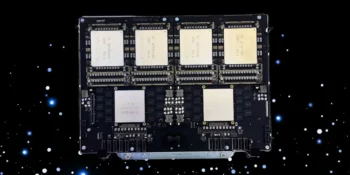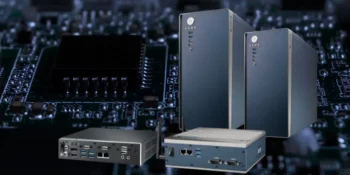Key Points
- DJI Neo drone now supports vertical video in 1080p at 60 fps, limited by a cropped 4K frame.
- The Neo’s tracking mode now reaches 20 mph, up from 12 mph, for better tracking of slow-moving vehicles.
- The update includes support for Goggles N3, providing users with a stabilized, real-time FPV experience.
- Mic 2 noise reduction enhancements improve audio, though propeller noise remains a drawback. Users can update via the DJI Fly app on Android or iOS.
DJI has introduced a significant firmware update for its Neo drone, addressing some of the limitations in the original model and adding features geared towards content creators. The update enables vertical video recording and enhances tracking speeds, two highly requested features for users looking to capture dynamic content, particularly for social media platforms.
When the Neo was initially released, its absence of vertical video capability was a drawback, especially considering its target audience of content creators who often produce videos for platforms like Instagram and TikTok. With the latest update, the Neo now supports vertical video mode with certain limitations.
Instead of 4K resolution, the vertical video is capped at 1080p at 60 frames per second in a 9:16 aspect ratio. Unlike other DJI models like the Mini 4 Pro, which rotates its gimbal for vertical shots, the Neo achieves vertical video by cropping the sides of the standard 4K horizontal footage, hence the lower resolution.
Another important update focuses on the drone’s tracking speed. Previously, the Neo could achieve tracking speeds of around 12 mph, which limited its ability to keep up with faster subjects. With the new firmware, DJI has increased tracking speeds to 20 mph, a boost that makes it suitable for capturing footage of slow-moving vehicles and activities like biking. However, it’s still slower than the Neo’s top speed of 36 mph, achievable only in full manual mode using DJI’s FPV Remote Controller 3.
In addition to the headline features, DJI has added support for its Goggles N3, allowing for immersive first-person-view (FPV) experiences with live-view stabilization. This feature is available when using Goggles N3 or Goggles 3, giving users smoother visuals in real time. DJI has also enhanced the Mic 2’s noise reduction capabilities, improving audio capture, although the persistent propeller noise remains a challenge that firmware updates cannot resolve. Users can update their Neo drone through the DJI Fly app on Android or iOS to access these improvements.











